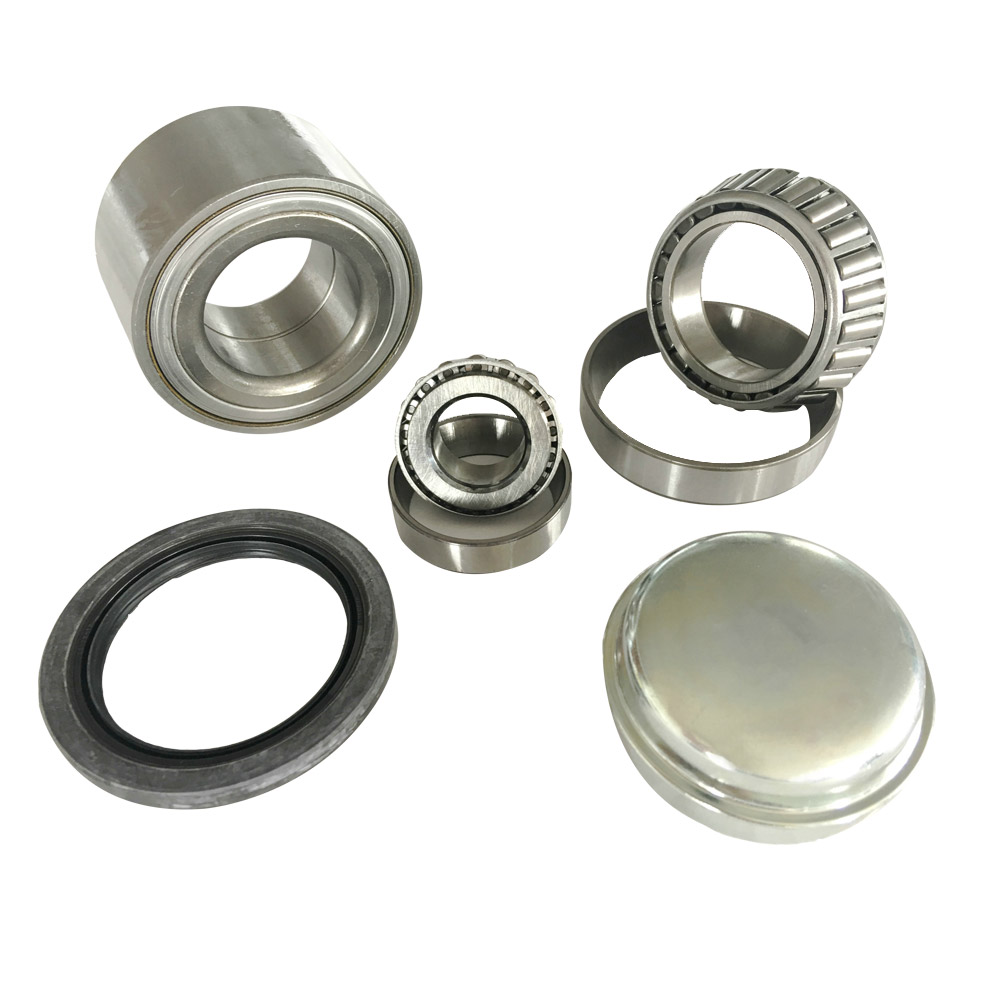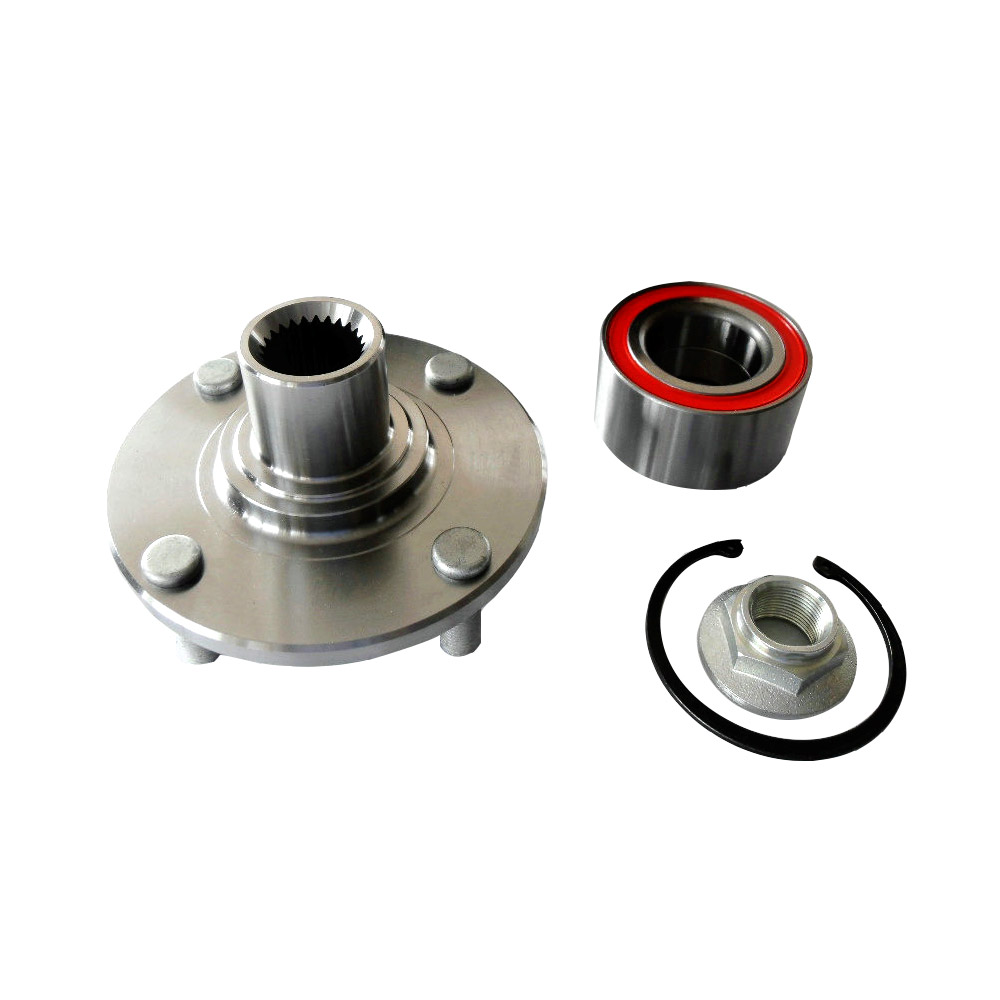The wheel hub bearing is a crucial component in any vehicle’s wheel assembly, playing a vital role in the smooth and safe operation of your car. Despite its importance, many drivers are unfamiliar with what exactly a wheel hub bearing is, how it works, and why maintaining it is essential.
What Is a Wheel Hub Bearing?
A wheel hub bearing is a type of bearing that is mounted inside the wheel hub assembly of a vehicle. It serves as the connection point between the axle and the wheel, allowing the wheel to rotate freely while supporting the vehicle’s weight. Unlike traditional bearings, wheel hub bearings are typically sealed units, which means they are pre-lubricated and protected from dirt and moisture to increase durability and lifespan.
Wheel hub bearings are designed to withstand both radial loads (forces perpendicular to the axle, such as the vehicle’s weight) and axial loads (forces parallel to the axle, such as cornering forces), making them robust enough to handle everyday driving conditions.

How Does a Wheel Hub Bearing Work?
The fundamental role of the wheel hub bearing is to facilitate smooth wheel rotation while bearing the weight and stresses of the vehicle and road conditions. Here’s how it works:
Bearing the Load
The wheel hub bearing supports the weight of the vehicle, transferring it from the axle to the wheel. This allows the wheel to rotate while carrying heavy loads without excessive friction.
Reducing Friction
Inside the bearing are rows of steel balls or rollers that roll smoothly within raceways (grooved tracks). This rolling motion significantly reduces friction compared to sliding friction, allowing the wheel to spin freely.
Sealed Protection
Wheel hub bearings come as sealed units, which means they are lubricated with grease and protected from contaminants such as dust, water, and debris. This sealing helps maintain smooth operation and extends the bearing’s service life.
Maintaining Wheel Alignment
By providing a precise fit between the wheel and axle, the hub bearing ensures that the wheel maintains proper alignment, reducing tire wear and improving vehicle handling.
Components of a Wheel Hub Bearing Assembly
A typical wheel hub bearing assembly consists of:
Bearing Unit: Contains the rolling elements (balls or rollers) and inner and outer raceways.
Hub: The central part where the wheel mounts and rotates.
Seal: Keeps lubricant in and contaminants out.
ABS Sensor (on some models): Monitors wheel speed for anti-lock braking systems.
Signs of a Failing Wheel Hub Bearing
Because wheel hub bearings are critical for vehicle safety, recognizing signs of failure is important:
Grinding or Growling Noise: Often noticeable when turning or accelerating.
Wheel Vibration: Excessive wobble or vibration in the steering wheel.
Uneven Tire Wear: Resulting from poor wheel alignment due to bearing issues.
ABS Warning Light: If the bearing has an ABS sensor and it malfunctions.
Wheel Play: Excessive looseness when the wheel is rocked by hand.
Importance of Proper Maintenance
While sealed wheel hub bearings require minimal maintenance, timely inspection and replacement are key to avoiding more serious issues like wheel lockup or brake failure. Most wheel hub bearings are designed to last between 85,000 to 100,000 miles, but driving conditions can shorten their lifespan.
A wheel hub bearing is a fundamental component that ensures your wheels rotate smoothly and safely under various driving conditions. Understanding its function and recognizing early signs of failure can help prevent costly repairs and maintain vehicle safety. Regular vehicle inspections and prompt replacement of worn bearings are essential to keep your car running smoothly and reliably.
Whether you’re a DIY enthusiast or relying on professional mechanics, knowing about wheel hub bearings empowers you to make informed decisions about your vehicle’s maintenance and performance.






